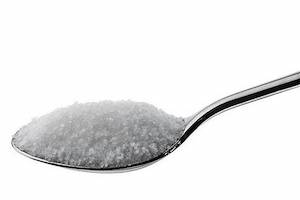

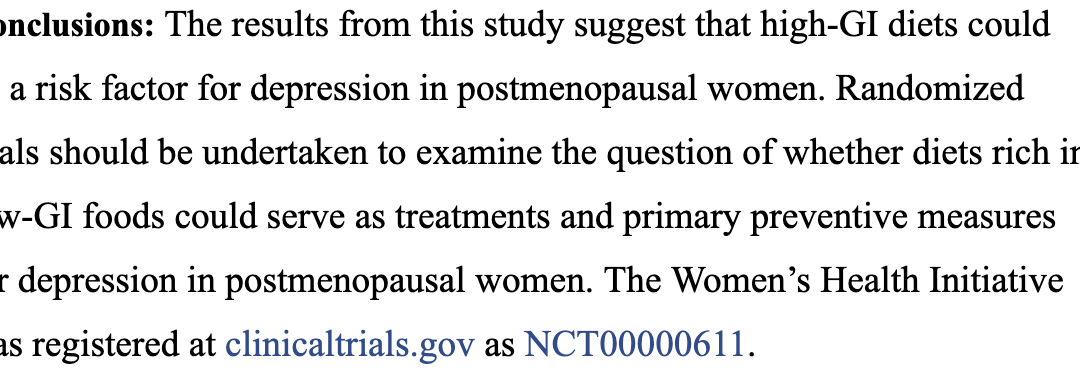
Insomnia & Carbohydrates
High glycemic index diet as a risk factor for depression: analyses from the Women’s Health Initiative
Am J Clin Nutr. 2015 Aug; 102(2): 454–463.
Published online 2015 Jun 24. doi: 10.3945/ajcn.114.103846
PMCID: PMC4515860
PMID: 26109579
James E Gangwisch,2,* Lauren Hale,3,4 Lorena Garcia,5 Dolores Malaspina,6 Mark G Opler,6 Martha E Payne,7 Rebecca C Rossom,8 and Dorothy Lane4
https://www.ncbi.nlm.nih.gov/pmc/articles/PMC4515860/
A plausible mechanism by which a high-GI diet may increase the risk of insomnia is through acute spikes and troughs in blood glucose. GI and glycemic load have been shown to provide physiologically valid estimates of postprandial glycemia and insulin demand in healthy individuals (28). Postprandial hyperglycemia from high dietary glycemic load and resultant compensatory hyperinsulinemia can lower plasma glucose to concentrations that compromise brain glucose, ∼70 mg/dL (3.8 mmol/L) (29), triggering secretion of autonomic counterregulatory hormones such as adrenaline, cortisol, glucagon, and growth hormone (30). Symptoms of counter-regulatory hormone responses can include heart palpitations, tremor, cold sweats, paresthesia, anxiety, irritability, and hunger (31). Hypoglycemia has been shown to produce arousal from sleep and substantially reduce sleep efficiency in nondiabetic adults (32, 33). High blood sugar from carbohydrate consumption can initially make one drowsy, helping one to fall asleep (4), but the compensatory hyperinsulinemia and counter-regulatory hormone responses can awaken one from sleep (32, 33). Higher-GI diets have also been shown to stimulate inflammatory immune responses (34), which could function to increase the risk of insomnia through antiinflammatory cytokines that inhibit sleep (35). Added sugars could also negatively affect sleep quality by compromising the intestinal microbiome. Higher consumption of added sugars can contribute to intestinal dysbiosis, a maladaptive microbiota imbalance that can profoundly affect multiple aspects of sleep (36).
Possible limitations of our study include the measurement of dietary exposures from FFQs instead of dietary biomarkers or food records and the assessment of our outcome of insomnia from self-reported symptoms as opposed to objective clinical diagnosis. The exact nutrient amounts for each food were not analytically measured, so some of the nutrient values were estimated or imputed rather than being exact analytic values from a laboratory assay. For example, 26–50% of the values for the variable “dietary added sugars” are estimated or imputed. Estimates were generally based on a similar food, another form of the same food, a known nutrient value associated with the missing value, or recipes or formulations from manufacturers. Although we would expect any misclassification of exposure or outcome to be random, resulting in nondifferential misclassification which typically leads to bias toward the null hypothesis (37), we cannot rule out the possibility that bias, particularly food recall bias, could be systematic and related to variables such as BMI, age, or ethnicity. Sleep deprivation from insomnia could also induce carbohydrate cravings, so reverse causation could have contributed to our results in the cross-sectional analyses (38). There is also a potential for residual confounding from unmeasured confounders and the possibility of false positives with multiple statistical tests. Because the variables included in Model 3 are theorized to be mediators of the relation between the dietary variables and insomnia, any resultant attenuation from their inclusion does not necessarily imply confounding, but could be consistent with some of these variables lying along the causal pathway. The participants’ eating habits may not be representative of those common now, almost 20 y later. Finally, our study sample was confined to postmenopausal women, limiting the generalizability of our findings to other populations. The results from this study suggest that a high-GI diet could be a risk factor for insomnia in postmenopausal women, whereas dietary fiber, nonjuice fruit, and vegetables reduce its risk. If high-GI diets increase the risk of insomnia, then dietary interventions that promote the consumption of whole unprocessed carbohydrates that are high in fiber and have low GIs could serve as potential treatments of, and primary preventive measures for, insomnia in postmenopausal women. Randomized controlled trials examining dietary patterns in relation to insomnia are needed to clarify these findings. We acknowledge the following WHI investigators: Program Office (National Heart, Lung, and Blood Institute, Bethesda, MD): Jacques Rossouw, Shari Ludlam, Dale Burwen, Joan McGowan, Leslie Ford, and Nancy Geller; Clinical Coordinating Center (Fred Hutchinson Cancer Research Center, Seattle, WA): Garnet Anderson, Ross Prentice, Andrea LaCroix, and Charles Kooperberg; Investigators and Academic Centers: JoAnn E Manson (Brigham and Women’s Hospital, Harvard Medical School, Boston, MA); Barbara V Howard (MedStar Health Research Institute/Howard University, Washington, DC); Marcia L Stefanick (Stanford Prevention Research Center, Stanford, CA); Rebecca Jackson (The Ohio State University, Columbus, OH); Cynthia A Thomson (University of Arizona, Tucson/Phoenix, AZ); Jean Wactawski Wende (University at Buffalo, Buffalo, NY); Marian Limacher (University of Florida, Gainesville/Jacksonville, FL); Robert Wallace (University of Iowa, Iowa City/Davenport, IA); Lewis Kuller (University of Pittsburgh, Pittsburgh, PA); and Sally Shumaker (Wake Forest University School of Medicine, Winston-Salem, NC). The authors’ responsibilities were as follows—JEG and LH: designed the research; JEG: analyzed the data and had primary responsibility for the final content; and all authors: wrote the paper and read and approved the final manuscript. All authors report no conflicts of interest. References 1. Leger D, Bayon V. Societal costs of insomnia

Martin Luther King, Jr. Day
Along with the rest of the nation we honor and celebrate Martin Luther King Jr. Day.
President Ronald Reagan signed the holiday into law in 1983. It was officially observed in all 50 states for the first time in 2000.
Many find ways to serve on this special day. Here at the Hypoglycemia Support Foundation, we are especially aware that hypoglycemia along with other metabolic conditions have disproportionate effects on African Americans. Too many health disparities exist in this country – and Dr. King once stated that “Of all the forms of inequality, injustice in health care is the most shocking and inhumane.”
The HSF is committed to the ideals of Dr. King who taught us that sharing our struggles and supporting each other as a nation is essential to our evolution as well our collective health.

Interview with Dr. Ann Childers
Interview with Dr. Ann Childers and Roberta Ruggiero
Wolfram Alderson facilitates this rich conversation with Dr. Ann Childers and Roberta Ruggiero.
Wolfram Alderson has dedicated his career to improving human and environmental health over the last four decades, currently serving as CEO of the Hypoglycemia Support Foundation as well as Global Education Director for Dr. Robert Lustig, among other interests in the metabolic health and nutrition space.
Dr. Ann Childers is an Air Force veteran and a child and adult trained psychiatric physician based in Portland. Dr. Childers is one of the rare psychiatrists who sees the connection between mental and metabolic health and her practice is at the forefront of nutritional psychiatry.
Roberta Ruggiero founded the Hypoglycemia Support Foundation nearly 40 years ago in South Florida, wrote the book Do’s and Don’ts of Hypoglycemia, and has proven herself to be a remarkable patient advocate – surviving medical misdiagnosis for what was eventually determined to be low blood sugar.
The focus of this conversation is blood sugar health and how it can be a key part of preventing and managing diet related disease – both mental and physical.
Dr. Seale Harris, pioneer discoverer of hypoglycemia and hyperinsulinemia, prophetically stated in the 1940s: “The low blood sugar of today is the diabetes of tomorrow.” Tomorrow is here and over half of the U.S. population is either prediabetic or diabetic, and only 12% is metabolically healthy (according to a study from the University of North Carolina at Chapel Hill’s Gillings School of Global Public Health).
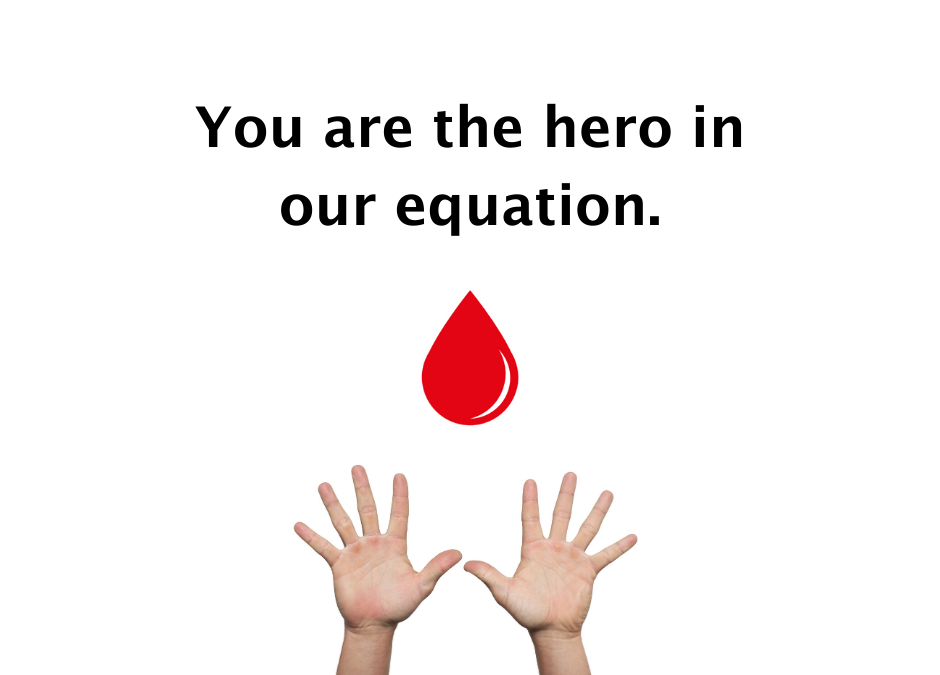
You are the hero in our equation
If you don’t know already, “GivingTuesday” is a global generosity movement unleashing the power of people and organizations to transform their communities and the world on December 3, 2019 and every day. Please join in celebrating #GivingTuesday! Your donation to the Hypoglycemia Support Foundation will allow us to continue our work.
A strong focus of our expanding efforts in 2020 is to address the correlation between children and hypoglycemia…an area of grave concern since infants are now being diagnosed with serious blood sugar conditions. Hypoglycemia is strongly identified as a precursor to type 2 diabetes – which is increasing among children and teenagers at a rate of nearly 5 percent per year.
We’ve been receiving heartbreaking messages from our community, such as from a terrified teenager… “Can I die from hypoglycemia?” … and from an anguished mother… “I can’t believe my three-year old was just diagnosed as having hypoglycemia. I can’t stop blaming myself.”
You can see our efforts already under way to address this situation on our website.
Any amount you donate will be matched by Facebook – but only in a first come, first serve basis.
Please check out what the HSF has accomplished, and view our recent post sharing all of our accomplishments over the last year: “You are the hero in our equation.”
We thank you in advance for your consideration…together we can make a big difference in changing lives! You can donate here on the HSF website or on the HSF Facebook page dedicated to Giving Tuesday.
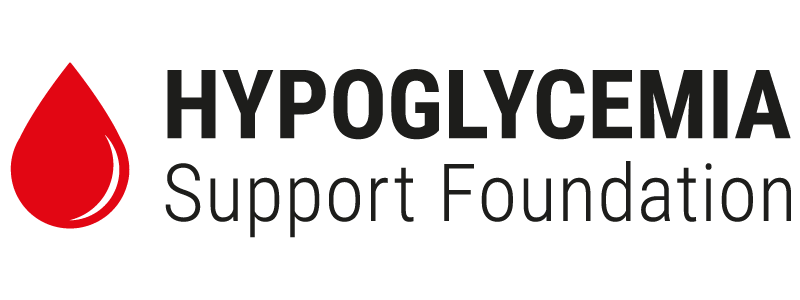
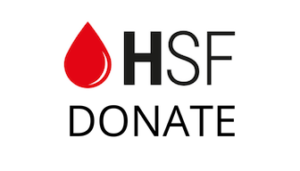
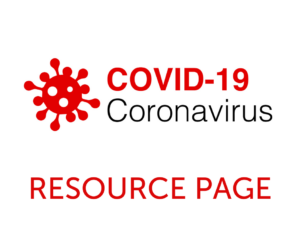
Recent Comments